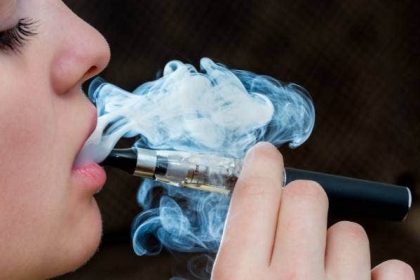In some dictionaries life is defined, as a power that demonstrates a purpose to feed, process matter into energy, grow, and reproduce. Life means existence, a state of being. No matter how we look at the best scrog, one thing is clear: life is the energy driving the universe and all its happenings, and for humans and all the living organisms, life, or being alive, is a force entirely dependent on special factors such as air, water, light and much more elements that interact to support existence in all its forms and each of them is equally important for the survival of the species…
All these resources are an abundant presence on Earth, but nothing can last forever. Polluted water is not usable, air is itself contaminated on many parts of the Globe, mineral resources are non-renewable and light… natural light has its benefits but also it can constitute a danger for the species if we consider the UV emissions reaching Earth’s atmosphere.
Light influences all life on Earth directly or indirectly. Plants need light for photosynthesis, therefore for growing and in exchange they forward their energy to the animals that consume them. At the same time animals need light for a harmonious evolution and even nocturnal ones require some low level illumination. Lack of natural light causes various disorders by people and the same happens by plants and animals.
UV light can harm living organisms in several ways. For example plants overexposed to UV light reduce size and are more susceptible to specific diseases. The light coming direct from the sun sends to earth three types of ultraviolet: UV-A (380-315 nm), UV-B (315-280 nm) and UV-C (280-10 nm). Due to the absorption in the atmosphere’s ozone layer, 99% of the ultraviolet light that reaches the Earth’s surface is UV-A.
While UV-A causes plants only a little harm, UV-B, which is a shorter wavelength, can damage plant tissue and in humans it can cause skin cancer. UV-C is the part from the UV spectrum with the shortest wavelength and all bacteria and virus get deadly sunburn in an artificial UV-C filter system. Certainly UV light has its paradoxes: even if it is harmful in one way, it is useful in another. Medicine is using this artificial UV light to cure difficult skin conditions such as psoriasis eczema, lymphoma, acne, a-topic dermatitis, and so on.
Fact is that plants don’t need too much UV light, on the contrary. This is why crop production with artificial light means that will eliminate the dangerous UV emissions seems to be the next logical step.
Growing Plants Technology – Crop Production Systems
The target of crop production systems is to develop innovative technologies that lower the costs of harvest and ensure ecologically aware crop farming.
The crop production systems do not disregard important factors that influence plant development: temperature, humidity, light, carbon dioxide, water and nutrients. All these blend to create the ideal environment for a plant to grow and reproduce as well as they influence size, seeds, plant health and so on. Each plant will progress in its own manner, depending on the environment. Since a long time already biologists are studying the factors that influence vegetation’s evolution. Light is a very important factor and researchers were able to determine exactly which wavelengths are the ones plants need for their growth. Some colours in light rays are essential for good plant evolution. Vegetation mirror and receive a small amount of energy from yellow and green emissions of the visible spectrum. However the red and blue fractions of the light continuum are the most valuable energy resources for plant life, and plants necessitate more red (625 to 675 nm) than blue (400 to 470nm). Yellow (525 nm) triggers photosynthesis too, while IR influences seed spurring and UV colour and scent.
How Light Colour Influences Plant Growth
Blue light: plants react to the intensity of blue light. Lessening the blue light will cause poor growth – the strength of the radiation in any other part of the spectrum is not as important as the intensity of the blue, which shapes height and quality.
Red (660 nm) and infrared (730 nm) (also known as IR or far red) light: Intensifying the total of IR in relation with 660 nm red makes plants grow tall and thin. On the other hand if red is increased while IR diminished, plants will be short but thick. Plant reactions are not linear with the red/far red ratio and they can also vary in their response to red and far red light.
Ultraviolet light (UV): While overexposure is dangerous, small amounts of UV light can be beneficial for the flora. In many cases UV light is a very important cause for colours, taste and aroma. But UV-C and UV-B are believed to stop plant spread and this is why they have to be removed from the light under which plants are developed in green houses by UV stabilisers or glass. Removal of the UV up to 400nm is might be effective also in case of virus carrier insects (as insects see partly in UV).
Direct light from the Sun distributes the useful wavelengths only on special times of the day and in small quantum enough for a harmonious growth in some parts of the Earth, yet not enough on others.
Crop production systems are dealing with such problems and find ways to replace natural light with artificial light. The idea of growing plants under artificial illuminators is not new at all. Long time ago NASA started to grow plants in space, and the results were astonishing. Nowadays we know that by using the correct wavelength plants develop harmonious and healthy, sure if they have all the other conditions ensured. Yet getting light of the correct wavelength is not an easy task, especially if one takes into account the costs and efficiency of such light sources.




